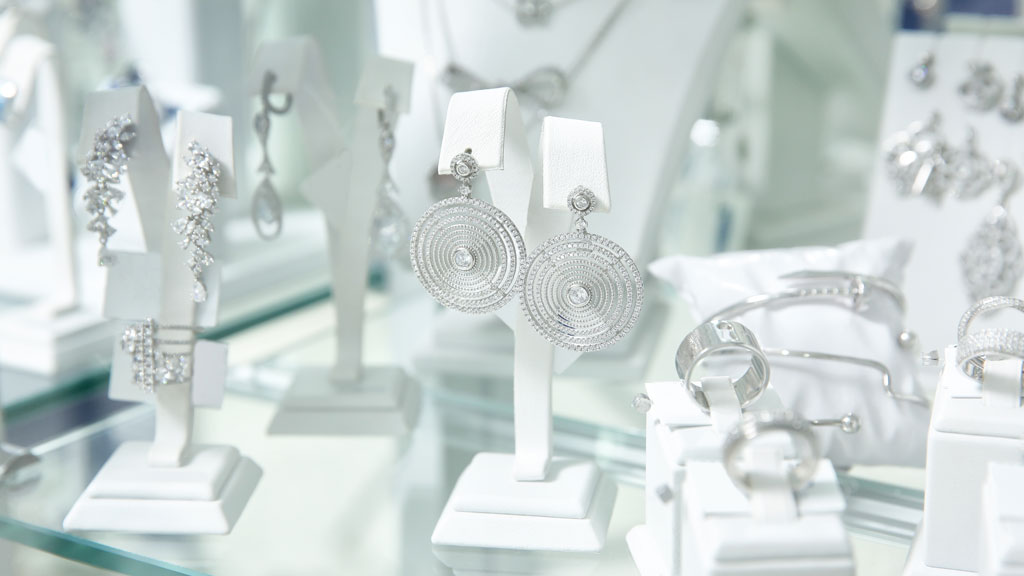Glass bowls come in a stunning variety of styles and types to meet diverse culinary and aesthetic demands. The most common types include clear glass bowls, known for their minimalist elegance, and textured glass bowls that add a touch of sophistication. Decorative glass bowls with intricate patterns or colors make beautiful centerpieces for dining tables, while tempered glass bowls are designed to withstand high temperatures, making them ideal for baking. Some glass bowls come with lids, offering practicality for storage and food preservation.
Why A Glass Bowl Is A Must-Have In Every Kitchen Collection?
A glass bowl is more than just a kitchen tool—it’s an indispensable part of any culinary repertoire. Its versatility makes it a must-have for every cook, whether you’re a professional chef or a home baker. Glass bowls are perfect for tasks like mixing dough, marinating meats, and whisking sauces due to their non-porous surface that doesn’t retain odors or stains. This makes them a hygienic option, especially when working with strong flavors like garlic or spices. Their transparency allows you to see the contents clearly, ensuring even mixing or monitoring the progress of recipes. Beyond practicality, glass bowls are also aesthetically pleasing.
Glass Bowl Trends: Top Designs To Elevate Your Dining Table
Modern glass bowl designs are pushing the boundaries of traditional tableware, offering innovative styles that enhance any dining experience. One popular trend is the use of geometric patterns and asymmetrical shapes, which bring a contemporary edge to the table. Colored glass bowls in vibrant hues or subtle pastels are also gaining traction, adding personality and charm to dining settings. Another trend is the incorporation of metallic accents, such as gold or silver rims, that give glass bowls a luxurious feel. Textured glass bowls, featuring intricate engravings or frosted finishes, create a tactile experience that complements their visual appeal.
The Science Behind Glass Bowl Durability And Heat Resistance
The durability and heat resistance of glass bowls are a result of meticulous engineering and scientific principles. Most glass bowls are made from tempered or borosilicate glass, materials known for their strength and ability to withstand thermal stress. Tempered glass undergoes a process of rapid heating and cooling, which enhances its resistance to breaking and chipping. Borosilicate glass, on the other hand, contains silica and boron trioxide, giving it superior heat resistance, making it ideal for oven use. The molecular structure of these glasses allows them to endure temperature fluctuations without cracking, which is why they are microwave- and freezer-safe. Additionally, the non-porous nature of glass prevents it from absorbing food particles, odors, or bacteria, ensuring long-lasting hygiene.
How To Choose A Glass Bowl That Suits Your Lifestyle And Needs?
Selecting the right glass bowl involves considering various factors that align with your lifestyle and culinary habits. First, determine the size you need—smaller bowls are great for single servings or desserts, while larger ones are essential for mixing or serving family-sized portions. Next, consider the type of glass; tempered glass is ideal for heavy-duty tasks, whereas decorative glass works well for serving and presentation. If you frequently bake or cook, opt for heat-resistant options like borosilicate glass. Design is another aspect to ponder—minimalist designs suit modern kitchens, while intricate patterns or colored glass add a unique flair. For those with limited storage, nesting sets or stackable bowls save space.
Glass Bowl Care Tips: How To Keep Them Shiny And Long-Lasting?
Proper care is essential to maintain the beauty and longevity of your glass bowls. Start by washing them gently with warm water and mild dish soap to prevent scratches. Use a soft sponge or cloth instead of abrasive scrubbers, which can damage the surface. For stubborn stains or residue, soak the bowl in a mixture of baking soda and vinegar before washing. Always dry glass bowls thoroughly to avoid water spots or mineral deposits. If your bowl is microwave or oven-safe, avoid exposing it to sudden temperature changes to prevent cracking.
From Salads To Desserts: Creative Recipes To Serve In A Glass Bowl
Glass bowls are perfect for showcasing a variety of dishes, from vibrant salads to decadent desserts. Their clarity enhances the visual appeal of layered recipes, such as trifle, parfaits, or seven-layer salads. For a quick and healthy option, toss together a rainbow salad with fresh greens, colorful vegetables, and a tangy vinaigrette, letting the colors shine through the glass. Desserts like tiramisu, pudding, or fruit salad look especially inviting when served in glass bowls, where the layers of ingredients can be admired. Glass bowls are also ideal for cold dishes like gazpacho or ice cream sundaes, as their insulation properties help maintain the desired temperature.
Conclusion
Glass bowls are a timeless combination of functionality, durability, and elegance. Their versatility makes them an essential addition to any kitchen, suitable for cooking, serving, and storage. From understanding the various styles and types to embracing the latest design trends, glass bowls continue to evolve, meeting modern needs while retaining their classic appeal. Their ability to withstand heat, resist stains, and offer unmatched clarity ensures they remain a practical choice for everyday use and special occasions. Proper care extends their lifespan, making them a sustainable investment.




